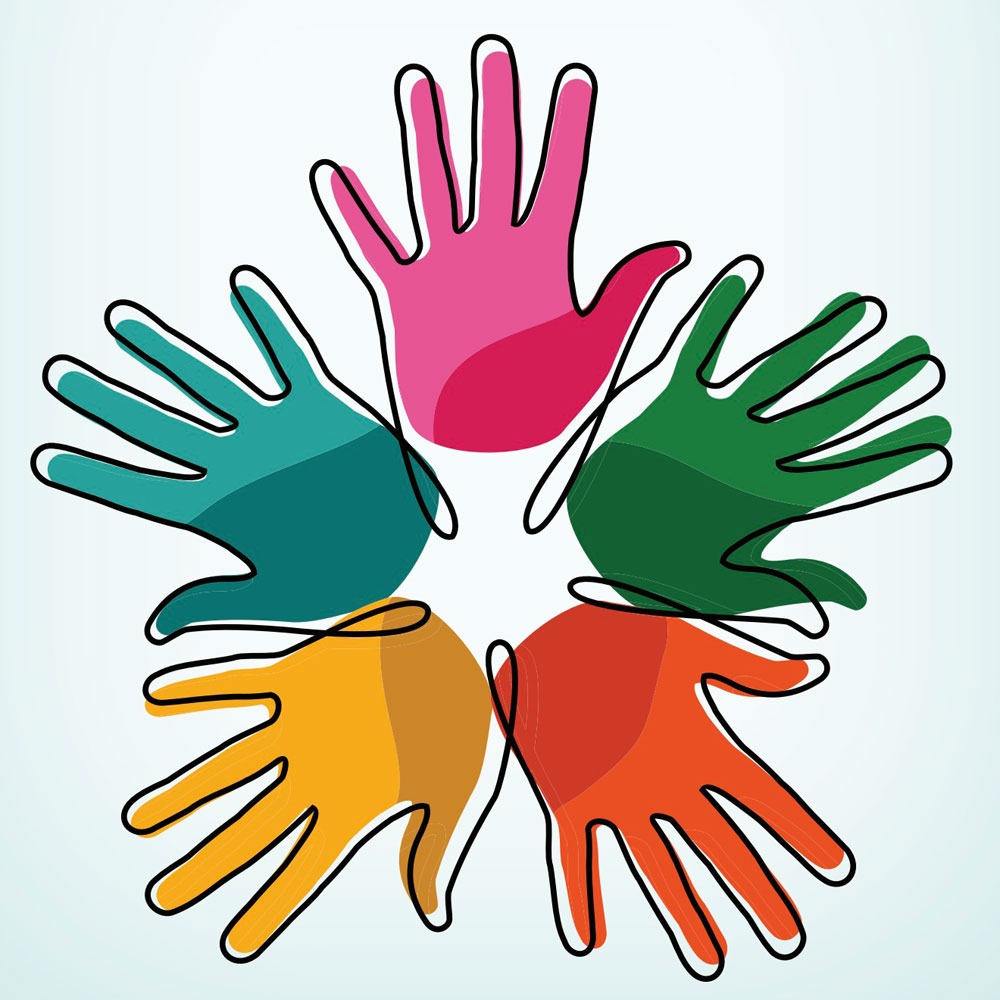
July 30, 2019; ThinkAdvisor
The Women’s Philanthropy Institute, which is housed within Indiana University’s Lilly Family School of Philanthropy, released a report in July that highlights a significant increase in women donors supporting women’s and girls’ causes. Titled All In for Women and Girls: How women’s fund and foundation donors are leading through philanthropy, the report demonstrates many ways that women’s fund donors go far beyond writing checks in their philanthropy.
The report begins by reminding readers of how recent women’s funds are. As the research team led by Elizabeth Dale of Seattle University and Debra Mesch and Una Osili of Lilly School points out, “First emerging in the 1970s, women’s funds and foundations focus on gender equality and other issues that disproportionately affect women and girls. This model of engagement, where donors give to a grantmaking organization specifically dedicated to women and girls, may attract a different, more deeply engaged type of donor—or may encourage donors to become more involved by participating in the women’s fund.”
The focus of this study, the authors indicate, is specifically on “the impact of women’s fund and foundation donors on women’s and girls’ causes.” It should be noted that the sample of the report involved a total of 967 high net worth donors, with “high net worth” defined as annual income of at least $200,000 and/or net worth of at least $1 million. Of the respondents, 187 supported women’s funds while the remaining 780 were considered “general donors.” For the whole sample, the average surveyed donor had annual income of over $473,000 and an average net worth of $7.35 million.
As reported in ThinkAdvisor, “The study found that donors to women’s funds and foundations are far likelier than general donors to be women—93 percent vs. 40 percent—and LGBTQ individuals—11.8 percent vs. 2.4 percent.”
Sign up for our free newsletters
Subscribe to NPQ's newsletters to have our top stories delivered directly to your inbox.
By signing up, you agree to our privacy policy and terms of use, and to receive messages from NPQ and our partners.
The research, funded by the Bill & Melinda Gates Foundation, has many valuable insights. One is that these donors were more likely to donate over longer period of time—the majority (57.8 percent) for over a decade, compared to 41 percent for surveyed general donors. In addition, these donors were more likely to be actively working (55 percent), rather than retired, as 64 percent of general large donors in the survey were. They also tend to be less sensitive to tax laws, with only 11.2 percent listing tax benefits as a motivation for giving, compared to 22.8 percent of general donors.
One of the study’s more important findings showed that women’s fund donors tend to view themselves as philanthropic experts, leaders, and activists rather than mere donors. A full 32.1 percent of donors to women’s funds self-identified as experts, compared to 13.7 percent of general donors. Their engagement shapes the way they give. In particular, they are more likely to actively budget to support their causes, and their giving tends to be both more consistent and more reliable.
In addition to budgeting, the study also found these women and members of the LGBTQ community who supported women’s funds were more likely to give cash, to have provisions for legacy gifts in their wills, to give stock, and to donate through a giving circle. Recognizing the value of engagement and touchpoints for giving, it’s noteworthy that these donors take part in activities that reinforce their ability to give more effectively, such as attending conferences or workshops on philanthropy and joining networks of donors. The study also notes that certain forms of giving, such as giving circles, are heavily concentrated among women. Reportedly, 70 percent of giving circles participants nationally are women and 48.5 percent of circles are open to women only.
The motivation that drives these people to give comes from personal experience and direct contact—either through volunteering or serving on boards—with the organizations receiving the money, along with the belief their donations make a difference. As the authors point out in their conclusion, “Women’s fund and foundation donors serve as examples of activist philanthropists, for whom being visible as a donor is critical to propelling change.” They add, “Women’s fund and foundation donors also exemplify how, by identifying a specific set of goals for their philanthropy, donors can have an outsized effect on the cause or causes most important to them.”—Niduk D’Souza and Steve Dubb













